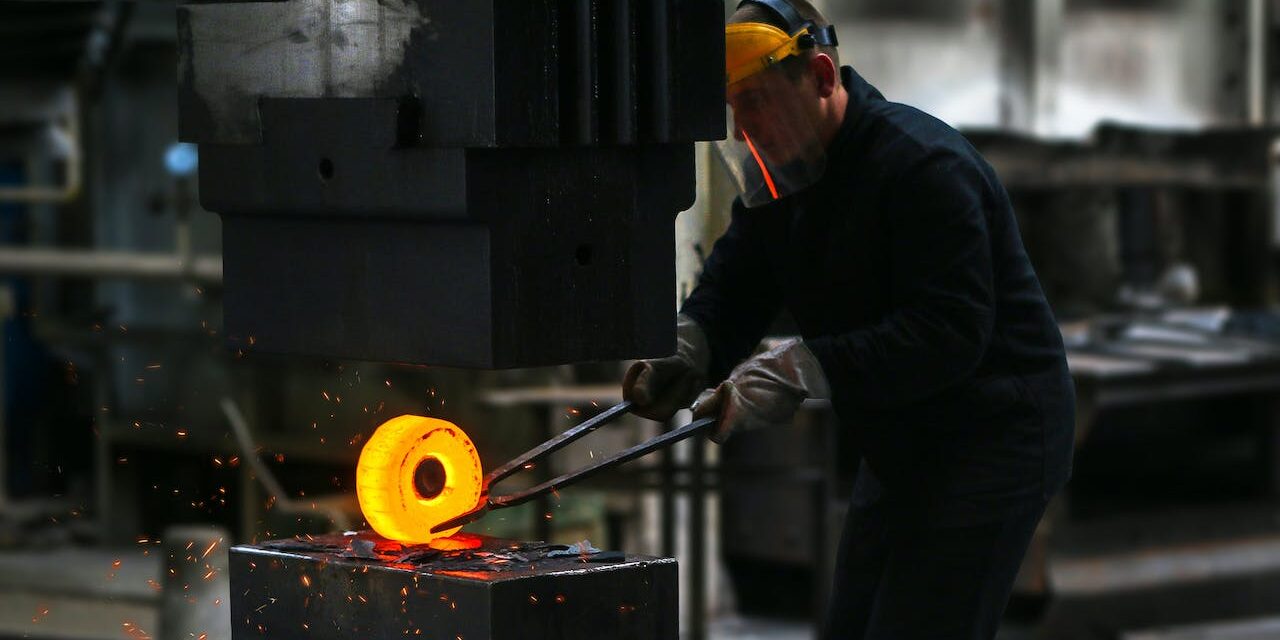The ASEAN manufacturing sector stabilised in November, according to official data released Friday, after strong business earlier in the year bore fruit.
“The accumulation of work earlier in the year supported a further rise in output across ASEAN manufacturers,” said Maryam Baluch, an economist at S&P Global Market Intelligence.
The headline S&P Global ASEAN Manufacturing Purchasing Managers’ Index was 50.0 in November, improving from 49.6 in October. This was the best performance in three months for the region.
Anything below 50.0 signals that the sector contracted during that month, while anything above indicates expansion.
The outlook does not look great though, with demand trends falling.
“Weak global trade flows, stemming from a lack of recovery in the demand for goods following the post-pandemic substitution of goods with services, continue to negatively affect new orders for ASEAN manufactured goods,” Jingyi Pan, economics associate director at S&P Global Market Intelligence, told Diplomatic Network (Asia).
“Furthermore, high interest rates and sustained destocking efforts among clients also dampened goods demand. That said, we are seeing some early signs of a turnaround on a global scale as the fall in input buying slowed in November according to PMI data,” Pan said.
At the root of the issue is a lack of client interest, Pan said.
This lack of interest could be due to reduced budgets caused by high borrowing costs and softening economic conditions, or adequate stock holdings.
“That said, easing price pressures could complement any turnaround in demand conditions and be supportive of recovery,” Pan said.
Closer look at ASEAN manufacturing sector
The Filipino manufacturing sector saw the most robust improvement, printing a headline figure of 52.7 in November. This was compared to 50.6 in October.
Both the Singaporean and Indonesian manufacturing sectors posted a PMI of 51.7 in November. This was compared to 48.6 for Singapore in October, and 51.5 for Indonesia.
“The rate of growth quickened on the month across Indonesia, while Singapore’s factories recorded the first improvement in three months, which was also the most pronounced since June,” S&P Global said.
Myanmar recorded a quicker decline in November with a headline figure of 48.1, worsened from 49.0 a month prior.
Malaysia’s manufacturing sector remained in negative territory for the 15th month in a row. The country posted a PMI of 47.9, improved from 46.8 in October.
Thai goods producers’ business conditions worsened, with a headline figure of 47.6 in November, a hair higher than October’s 47.5.
Finally, S&P Global noted, the downturn across Vietnam’s manufacturing sector gathered pace, as the headline index weakened to a five-month low of 47.3 in November. This was worse than October’s figure of 49.6.
Looking ahead
If customer demand continues to wane, it will be detrimental to ASEAN manufacturing sector performance in the months ahead, Baluch said.
“Furthermore, business confidence regarding the year-ahead remains historically muted across the region. More positively, price pressures remain relatively subdued, and this could support growth in the coming months.”
The S&P Global ASEAN manufacturing PMI is compiled by S&P Global from responses to monthly questionnaires sent to purchasing managers in panels of manufacturers in Indonesia, Malaysia, Myanmar, the Philippines, Singapore, Thailand and Vietnam, totalling around 2,100 manufacturers. These countries account for 98% of ASEAN manufacturing value added, according to World Bank world development indicator.
Data for the PMI were collected between November 9 and 24.






